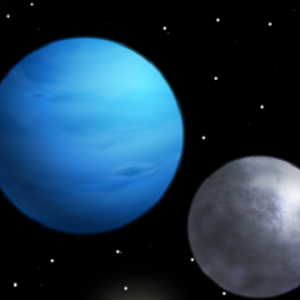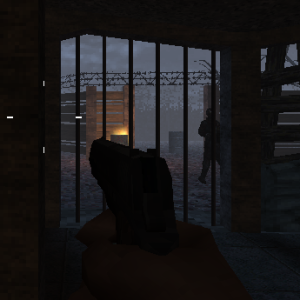Similiar games
Universe Simulator is a virtual system designed to model the behavior of celestial objects under physical laws. It allows users to observe how gravity, mass, and motion interact across different scales. The simulation operates through mathematical calculations that define how bodies move, collide, or remain in orbit. Each experiment reflects real-world mechanics, producing predictable results based on the laws of physics. The user can explore how solar systems form, evolve, or collapse over time.
Physics Model And User Interaction
The foundation of Universe Simulator lies in its mathematical engine, which calculates forces between all objects in the system. The player can add new bodies, adjust their properties, or remove them entirely. Every action has a direct effect on the simulation, forcing recalculations of position and velocity. Time speed can be modified to study rapid events such as collisions or long-term orbital drift. The accuracy of results depends on numerical precision and time-step resolution.
Celestial Objects And System Tools
Universe Simulator provides a set of objects and adjustable parameters to build customized scenarios. Each type of object follows the same physical rules but behaves differently according to size and mass. Users can experiment with stable or unstable systems, test gravitational balance, or simulate interstellar encounters.
Main elements included in the simulator are:
- stars and their luminosity parameters
- planets with rotation and orbital paths
- moons and smaller natural satellites
- comets and asteroid clusters
- black holes and high-density regions
These tools allow the construction of complete star systems or isolated events for observation.
Observation Modes And Analysis
Users can view the simulation from multiple perspectives, switching between global and local scales. Data overlays display velocity vectors, energy values, and orbital eccentricity. The program records the motion of every object, enabling playback for analysis or adjustment. Collisions are calculated in real time, creating changes in orbit and trajectory. The simulation can be paused, rewound, or accelerated depending on the user’s study goals.
Universe Simulator functions as an experimental platform for exploring the relationships between mass, motion, and gravity. Each scenario begins with a small configuration and develops according to the same mathematical principles found in real astrophysics. By observing outcomes under controlled variables, users can understand how small differences in energy or position create large-scale effects across cosmic systems.



















